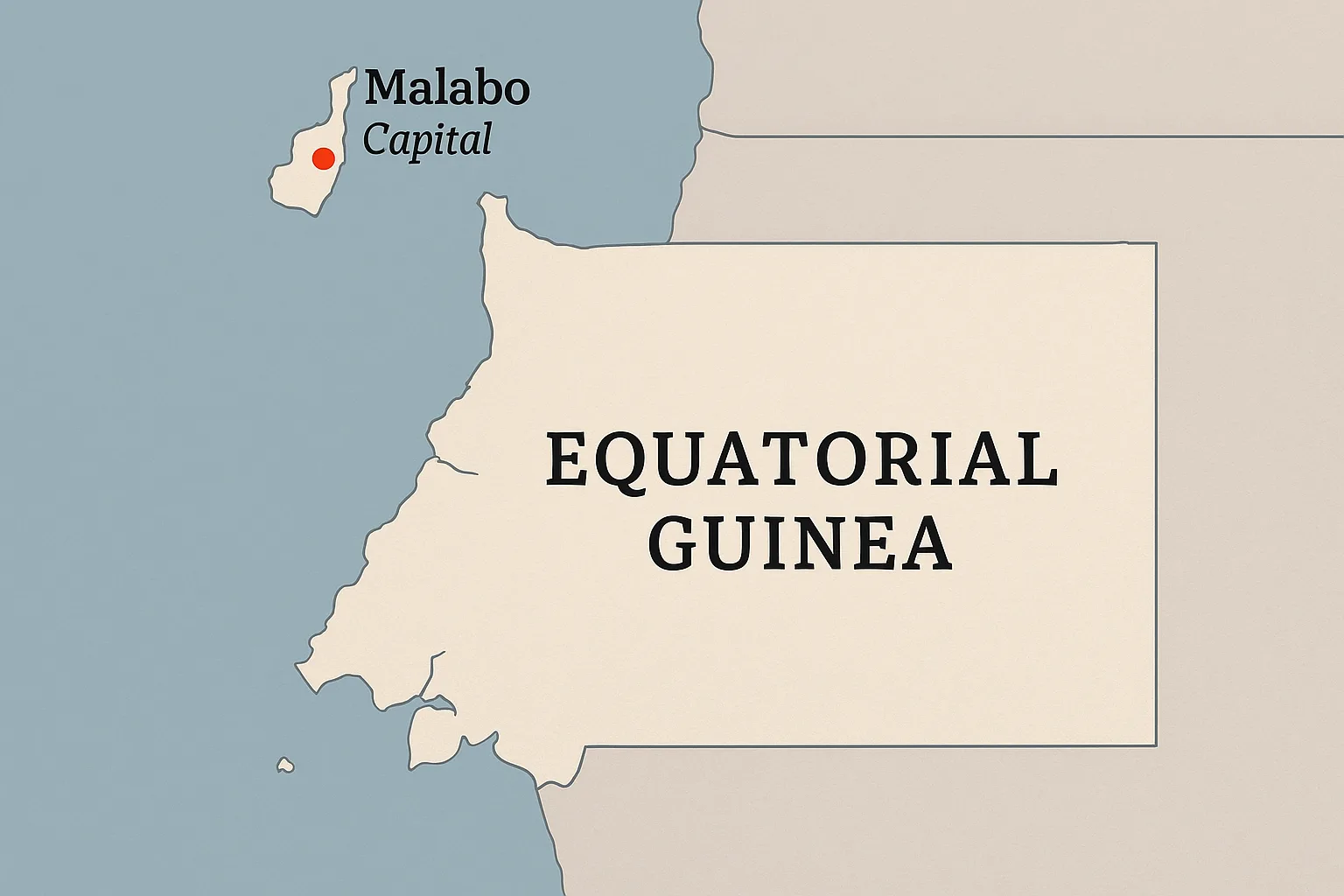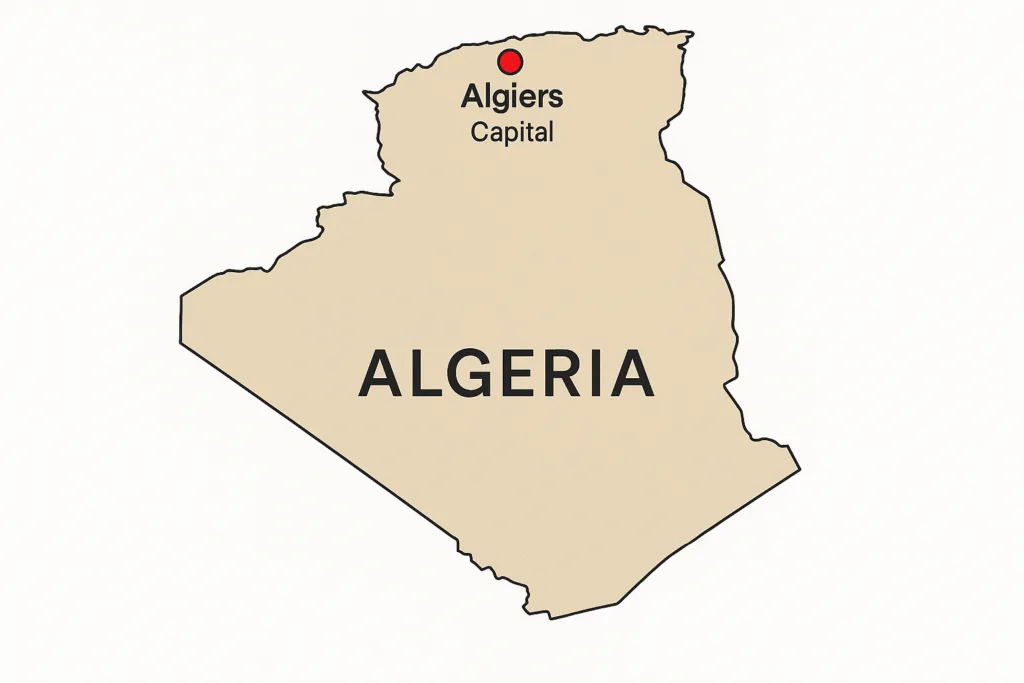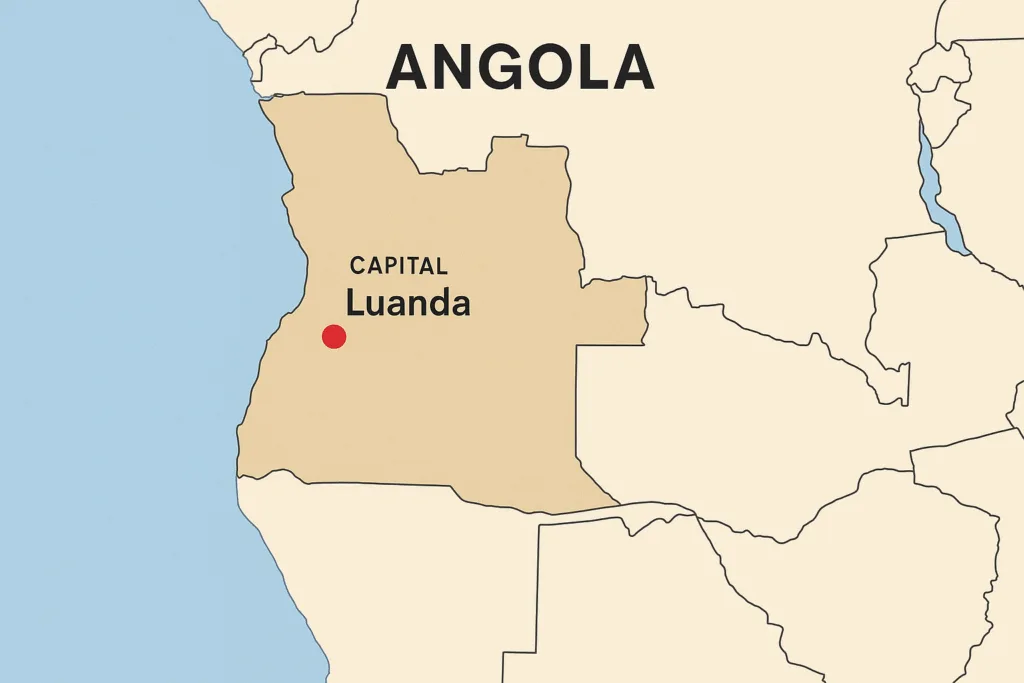🇨🇴 Equatorial Guinea
Capital: Malabo

Malabo – A vibrant city rich in history and culture
Malabo, often dubbed “the city of peace,” is renowned for its unique blend of African and Spanish influences, rich coastal culture, and stunning architecture that reflects its colonial past. The city, situated on Bioko Island, has a fascinating history that encompasses indigenous traditions and colonial legacies, making it a significant cultural hub in the region.
📜 Timeline of Malabo
1472: Spanish explorers first arrive on Bioko Island, marking the beginning of European interest in the region.1778: The island becomes a Spanish colony, known as Fernando Poo.
1968: Equatorial Guinea gains independence from Spain, with Malabo as the capital city.
Today: Malabo continues to develop as a key administrative and cultural center in Equatorial Guinea.
📊 Quick Stats
Founded
1778
Language
Spanish, French, Portuguese
Currency
Central African CFA franc
Geography
Located on Bioko Island in the Gulf of Guinea
Time Zone
West Africa Time (WAT)
Calling Code
+240
Driving Side
Right-hand traffic
🏛️ Iconic Landmarks
Santa Isabel Palace
The official residence of the President, showcasing colonial architecture and beautiful gardens.
Malabo Cathedral
An impressive church known for its unique design and vibrant stained glass windows.
La Casa Verde
A historical house turned museum, reflecting the colonial past and culture of the region.
With its historical significance and diverse culture, Malabo stands as a testament to the resilience and vibrancy of Equatorial Guinea, drawing visitors who seek to explore its rich heritage and natural beauty.
📖 Sources & References
References are provided to ensure reliable and up-to-date information about Equatorial Guinea and its capital city.

